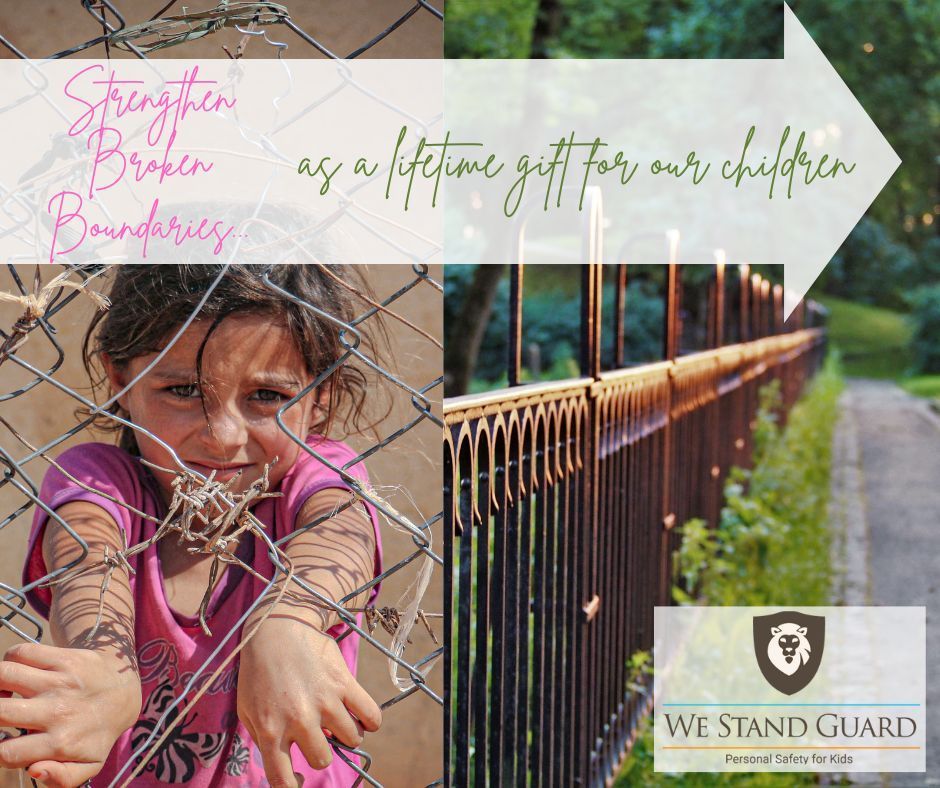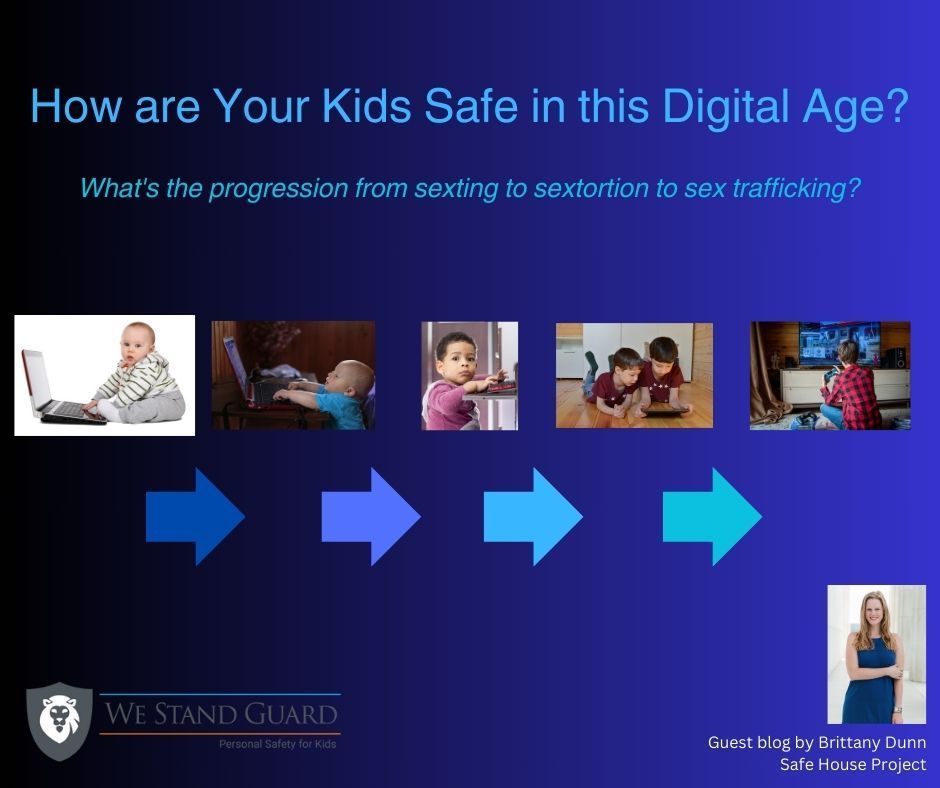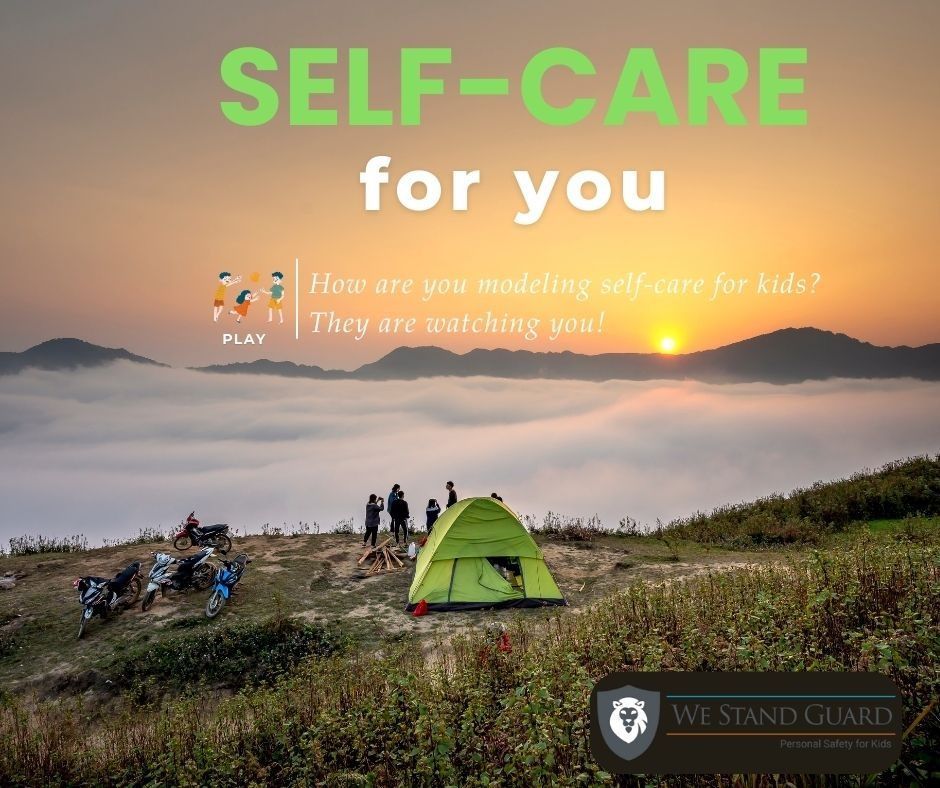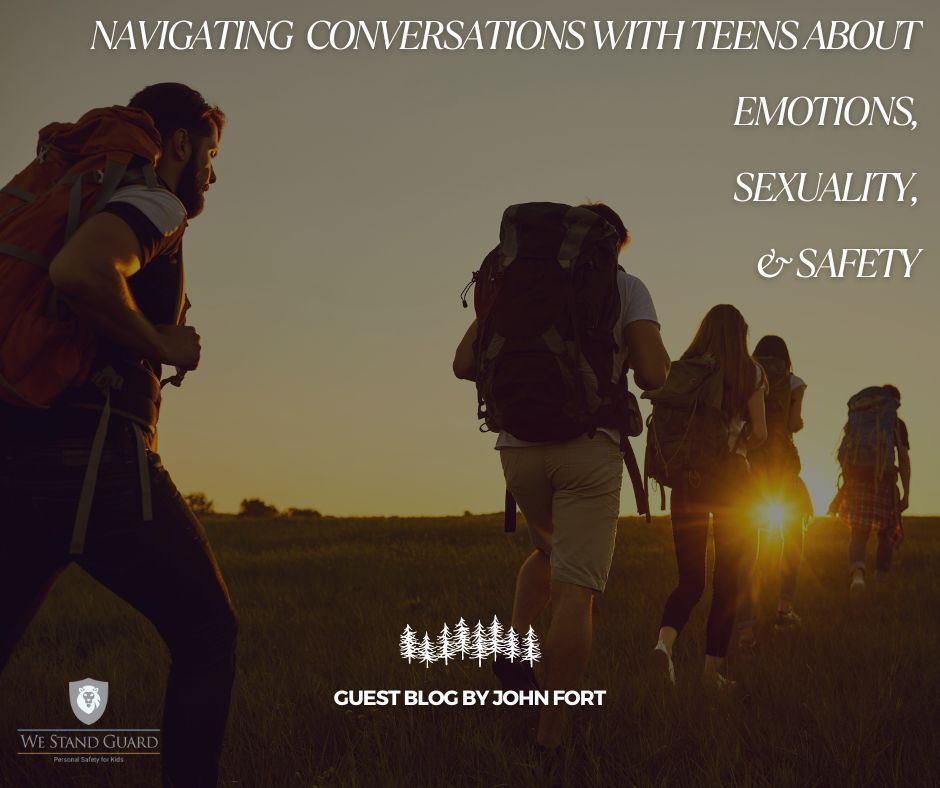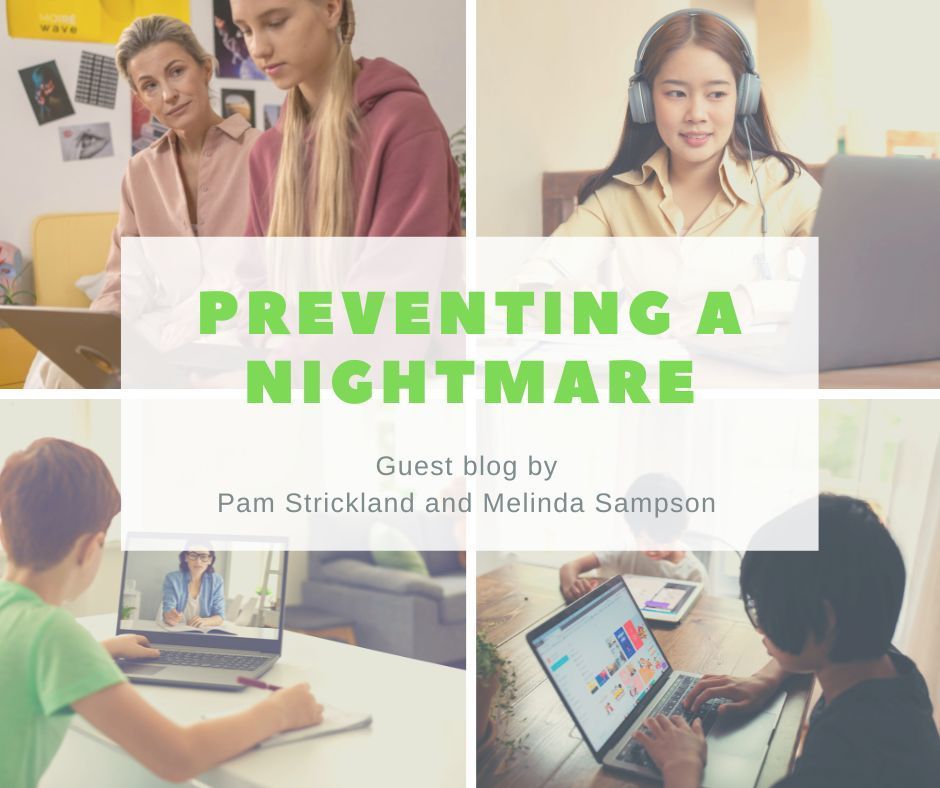A Look at Self-Care Activities for Kids
Setting the Stage for a Bright Future
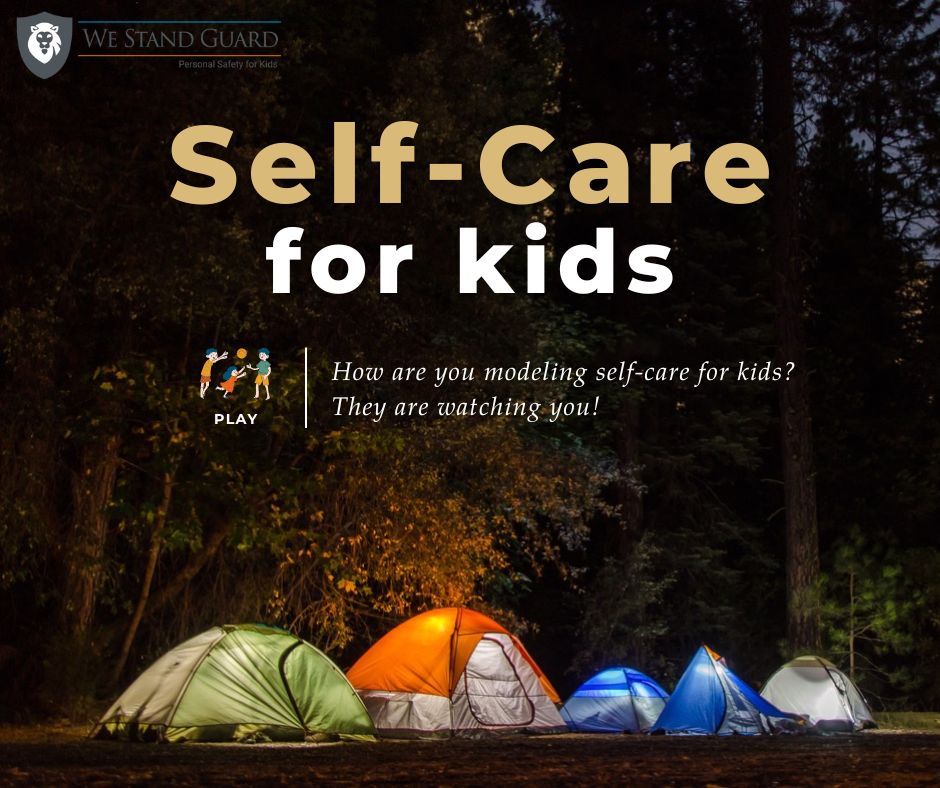
Self-care is a critical aspect of personal well-being , and it's never too early to start. By teaching children the importance of self-care, we can equip them with the tools necessary to manage their mental and physical health as they grow. This article from We Stand Guard explores various self-care activities for kids, providing a roadmap for parents seeking ways to help their children reset, refresh, and prepare for future challenges.
One often overlooked aspect of self-care is the quality of sleep. A simple yet effective way to enhance your child's comfort and rest is by upgrading their bed linens. Consider investing in season-appropriate duvets and sheets made from breathable, durable materials. This small change can significantly improve the quality of their sleep, ensuring they wake up refreshed and ready for the day.
Use Deep Breathing Exercises to Alleviate Stress
Children, like adults, experience stress and anxiety. Teaching them deep breathing exercises can provide them with a tool to manage these feelings effectively. Deep breathing promotes relaxation, improves focus, and reduces anxiety levels. It's a simple technique that can be practiced anywhere, providing instant relief when needed.
Modeling healthcare for your kids is of utmost importance, as it sets a precedent for their own health behaviors in the future. Regular visits to the doctor for check-ups and preventive care can teach them the significance of proactive healthcare. It's essential to demonstrate the use of insurance to cover healthcare costs, explaining how it provides financial protection and ensures access to necessary medical services.
If you're dissatisfied with your current insurance or lack coverage, it's important to explore other options.
Promoting Healthy Eating Habits
Proper nutrition is a cornerstone of physical health and cognitive development. Encouraging healthy eating habits from a young age can lay the groundwork for a lifetime of good health. Teach your kids the value of a balanced diet rich in fruits, vegetables, proteins, and whole grains. This will not only boost their physical health but also enhance their cognitive abilities.
Spending time together outdoors with your kids is not only a fun experience but also an essential part of their development and well-being. It encourages physical activity, reduces stress, and provides an excellent opportunity for bonding and learning about nature. One of the simplest and most effective ways to enjoy outdoor time is by taking regular walks together. Walking can stimulate conversation, spark curiosity about the environment, and promote a healthy lifestyle.
Encouraging Creativity for Emotional Expression
Online tools for poster design can be a wonderful resource for kids looking for a creative outlet for emotional expression. These platforms offer user-friendly interfaces and a wide array of templates, images, and fonts that children can easily navigate and use to create their own designs. By personalizing these elements, kids can articulate their feelings, thoughts, and ideas in a visually appealing way. Moreover, the act of creating can be therapeutic, helping them process their emotions in a healthy manner.
If your child enjoys art or if you're seeking a new activity for them, you can try this. It's a fun, engaging, and emotionally enriching experience that allows kids to express themselves creatively while also honing their design skills.
Spending Wisely on Toys and Exercise Equipment
When buying toys or workout gear for your offspring, it's crucial to make informed decisions. By perusing online product reviews , you can confirm that the items you're considering match your child's hobbies and developmental stages. This approach guarantees that the purchases you make will aid in your child's overall growth and development. Additionally, this strategy can help you avoid wasting money on items that your child might not use or enjoy.
Teaching children about self-care is a valuable investment in their future. By instilling good habits such as getting adequate sleep, visiting the doctor, practicing healthy eating, setting time for play, encouraging creativity, and making wise purchases, we equip them with the skills needed to navigate life. As they grow and face new challenges, these self-care habits will evolve, providing them with a foundation of resilience and adaptability.
The We Stand Guard training program educates everyone about preventing child sexual abuse and exploitation in all its forms, whether that be physical or non-physical contact abuse. Visit our website to learn more today!
